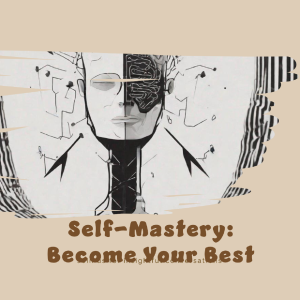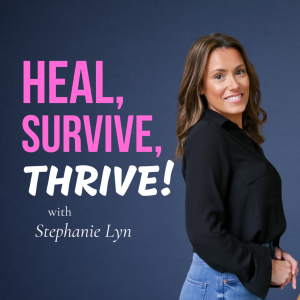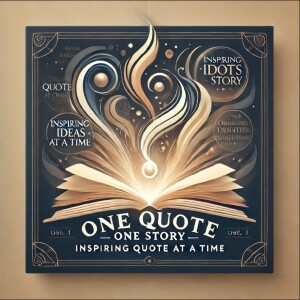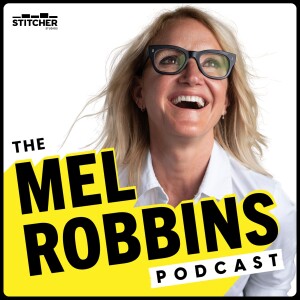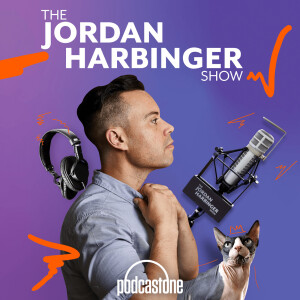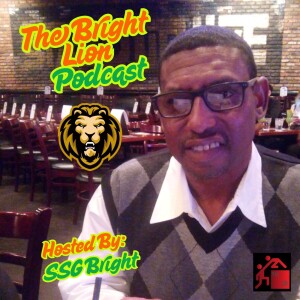

Deep Knowledge: Learning to Teach Science for Understanding and Equity
https://anchor.fm/s/ef06003c/podcast/rssEpisode List

Chapter 4: Armando — Creating a new conception of teaching (Biology, Chemistry)
I don’t think it’s valuable to teach things kids don’t want to learn. And if they don’t want to learn something that’s really valuable, then it’s a failure on my part. —Armando

Chapter 3: Corrine — Navigating Dilemma's of Sinking and Swimming (Biology & General Science)
I don’t think I could have been a teacher without having been a mom. I didn’t have the patience for it when I was twenty-two. I know kids need that patience, they need that time, they need your attention, and I wasn’t willing to give it at that point in time. I didn’t realize how much I was willing to give kids until after I became a mom. —Corrine

Chapter 2: Tyler—Tentative steps toward disarming diversity (Biology & Physics)
"The issue of race is especially touchy for me...I hate to say it, I'd almost be tempted to sacrifice a little bit of good science to protect myself...I don't want to lose my job, quite frankly. I like teaching. And this is a touchy subject, and it's weird and fearful for me." — Tyler

Chapter 1: The Puzzle of Learning to Teach
The notion that individuals acquire or build knowledge for teaching, as if they are collecting toy blocks to assemble a tall tower, bears little if any resemblance to the messy processes by which people learn to teach.

Introduction: Learning the Van de Graaf generator
This introduction to the book presents the story of learning how to use a Van de Graaff generator (a.k.a. that aluminum dome in phsyics class that gives off jolts of electricity and makes hair stand up). Three stories involving this machine track three of the main concerns of science teachers: learning science, learning to be a teacher, then learning to teach science for equity and understanding. I had hoped to keep the unpleasant shocks to a minimum. That was overly optimistic.
You may also like
Create Your Podcast In Minutes
- Full-featured podcast site
- Unlimited storage and bandwidth
- Comprehensive podcast stats
- Distribute to Apple Podcasts, Spotify, and more
- Make money with your podcast
